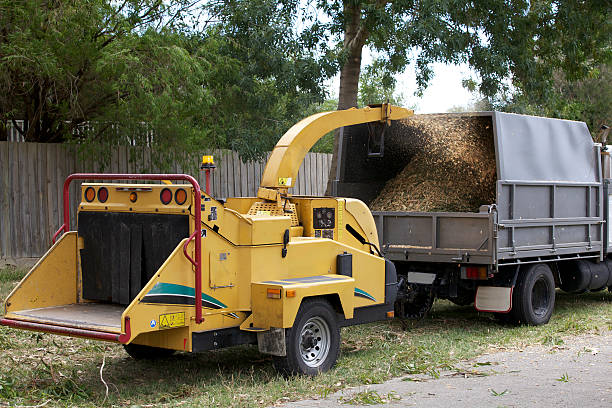Defining the Role of an Arborist
In the world of arboriculture, the term “arborist” encompasses professionals dedicated to the care and maintenance of trees and woody plants. These experts play a pivotal role in preserving green spaces and promoting environmental sustainability. In this article, we explore the synergy between arborists and the process of wood chipping, highlighting the keyword “arborist.“
Understanding Wood Chipping
The Process of Wood Chipping
- Chippers and Shredders: Wood chippers are specialized machines designed to process tree branches, limbs, and green waste into smaller, uniform pieces.
- Size Reduction and Material Uniformity: The chipping process reduces wood waste to consistent sizes, facilitating various applications.
Wood Chipping Applications
- Mulch Production: Processed wood chips find extensive use in creating organic mulch for gardens and landscapes.
- Biomass and Renewable Energy: Wood chips serve as a valuable resource in the generation of sustainable energy and heat production.
The Benefits of Wood Chipping
Environmental Conservation
- Mulch for Soil Enrichment: Wood chips, when used as mulch, enhance soil quality, retain moisture, and suppress weed growth.
- Reducing Landfill Waste: By diverting green waste from landfills, wood chipping contributes to waste reduction and lowers carbon emissions.
Sustainable Energy Production
- Biomass for Clean Energy: Wood chips are a key component in biomass energy production, offering a renewable and environmentally friendly energy source.
- Utilizing Wood Chips in Cogeneration: Wood chips can be used in combined heat and power (CHP) systems, maximizing energy efficiency.
Arborists and Wood Chipping
Pruning and Tree Maintenance
- Efficient Disposal of Tree Branches: Arborists regularly prune trees to ensure their health and safety. Wood chipping provides an efficient and sustainable means of disposing of pruned branches.
- Arborists as Wood Chipping Experts: Arborists are well-versed in the proper utilization of wood chippers, ensuring safe and effective chipping operations.
Promoting Sustainability
- Arborists’ Role in Recycling Green Waste: Arborists actively promote the recycling of green waste through wood chipping, contributing to eco-friendly practices.
- Encouraging Eco-Friendly Practices: Arborists serve as advocates for sustainable tree care and green waste management within their communities.
Conclusion
The Crucial Role of Wood Chipping in Environmental Sustainability
In conclusion, wood chipping serves as a vital bridge between arboriculture and environmental conservation. Arborists, armed with their expertise in tree care and maintenance, play a significant role in ensuring efficient and eco-friendly wood chipping practices. By transforming green waste into valuable resources such as mulch and clean energy, wood chipping stands as a beacon of environmental sustainability. The collaborative efforts of arborists and sustainable practices underscore the importance of this process in preserving our green spaces and fostering a greener, more sustainable future.
Read more about it:https://greyhoundsverdevalley.com/benefits-of-commercial-waterproofing/



